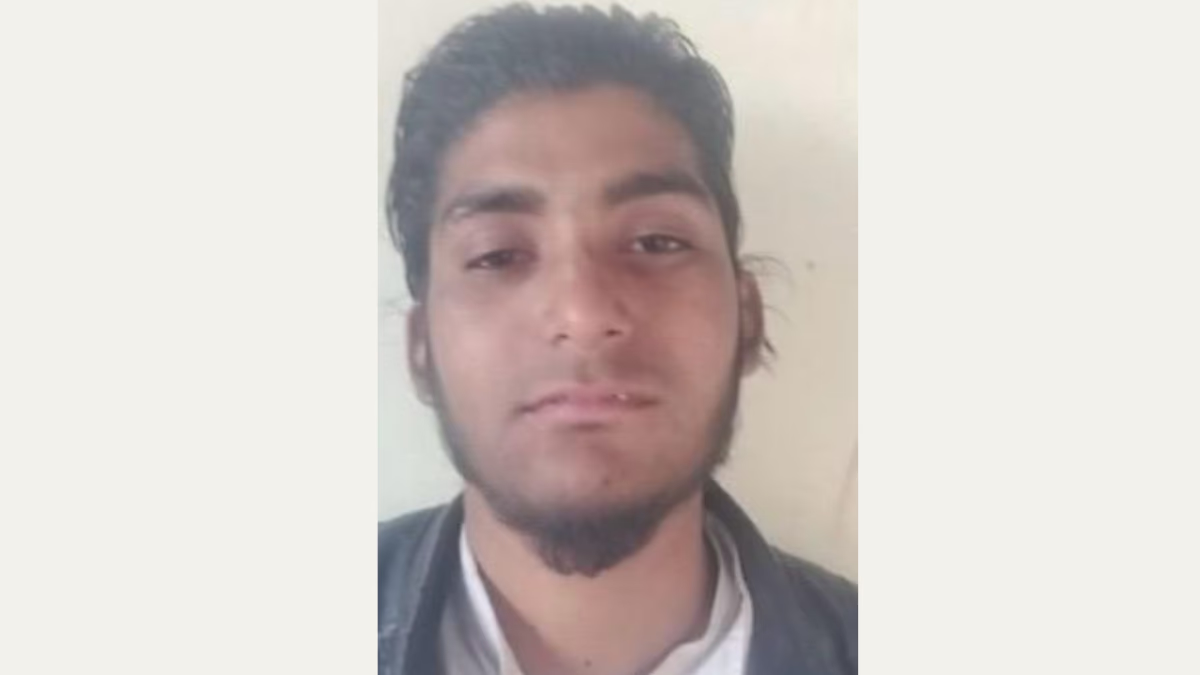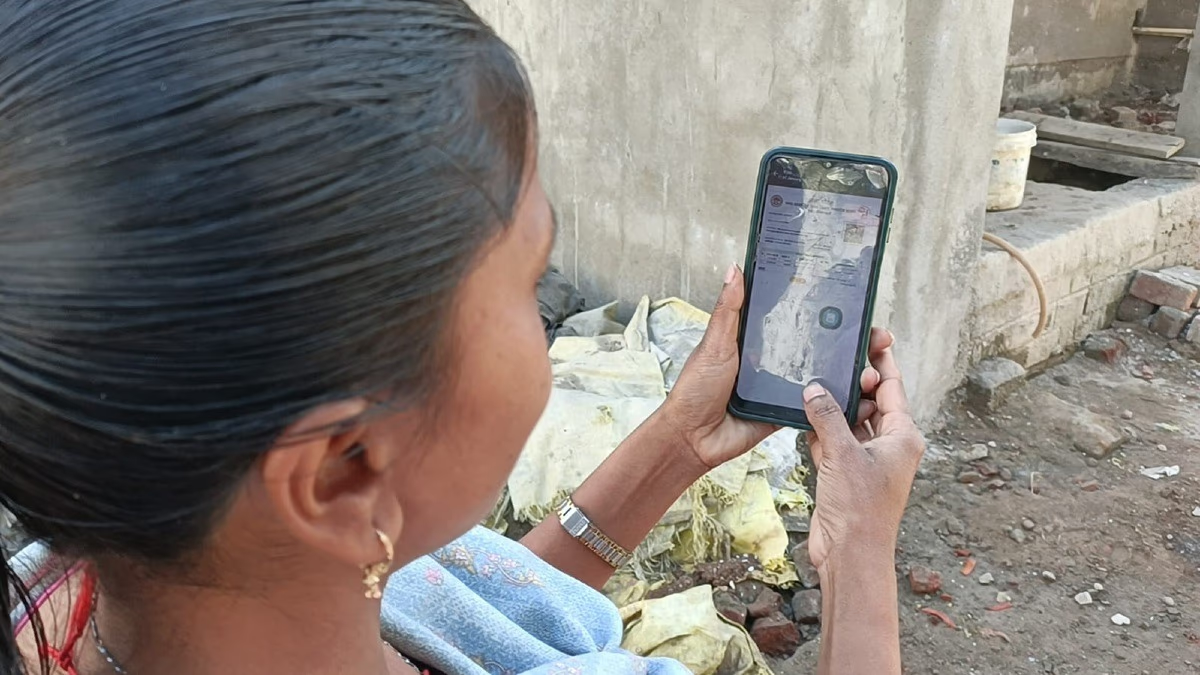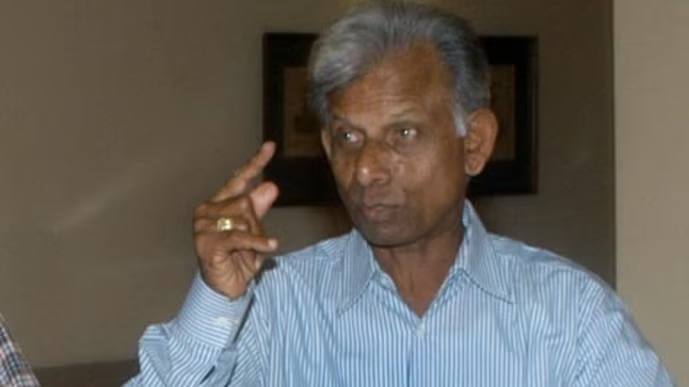The suspect caught plotting a terror attack on the Ayodhya Ram Temple, Abdul Rahman, was presented in court where a 10-day detainment was approved. The Palwal STF requested the remand, which was granted, allowing joint interrogation by Gujarat ATS and Palwal STF.
On March 2, Abdul Rahman, a 19-year-old resident of Ayodhya, was apprehended by the Gujarat ATS and Faridabad STF for suspected terrorist connections. Arrested in Faridabad, he was preparing for a terror act, with two hand grenades seized from him, which were swiftly defused.
Also read -
Major Plot Against Ram Temple Foiled
The police revealed that Abdul Rahman was in contact with Pakistan's ISI, being prepared to target the Ayodhya Ram Temple. Investigations exposed his association with radical groups and a mutton shop in Faizabad.
According to intelligence, post-temple construction, Pakistan's ISI planned a significant terror plot in India targeting the Ayodhya Ram Temple.
Reckoning and Plotting at the Ram Temple
Investigations unearthed Abdul Rahman previously scouted the temple numerous times, providing ISI with critical details about its security infrastructure. The plot intended large-scale destruction using grenades. This operation's success is largely due to the vital role of Gujarat ATS.

Source: aajtak
How the Suspect was Apprehended?
Investigations reveal Abdul Rahman traveled from Faizabad to Faridabad to receive grenades from a handler and planned to strike at Ayodhya. However, intelligence input led Gujarat ATS and Faridabad STF to arrest him.
Link to ISI's ISKP Module
Sources suggest Abdul Rahman was connected to ISI's ISKP (Islamic State Khorasan Province) module, with potential other associates still sought. Central agencies highlight the unbranded grenades indicating possible smuggling routes, under thorough investigation to identify origins and culprits.




